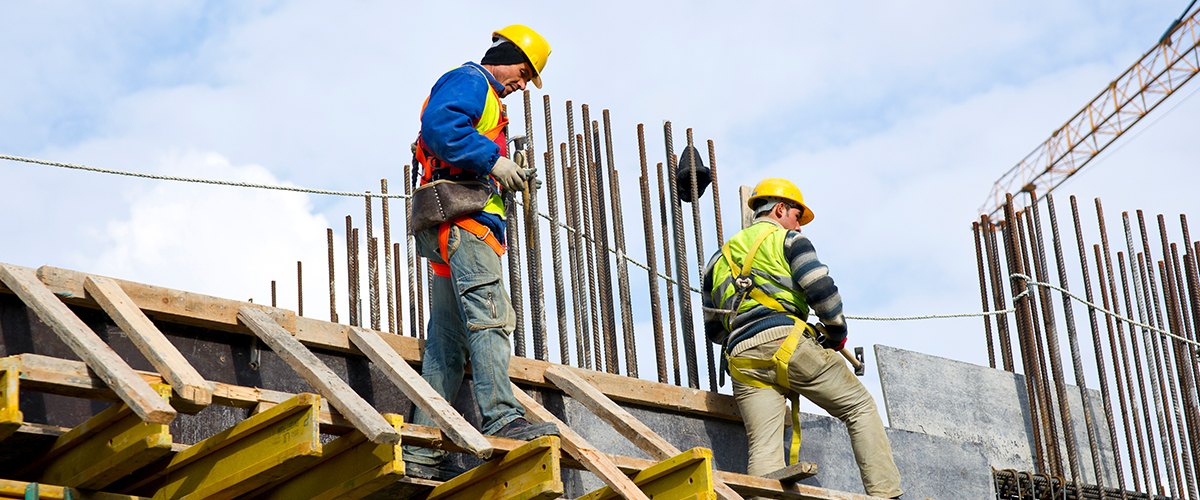Construction work is quite hazardous, and the safety of your employees is paramount. The most common fatal accidents in construction are grouped into three major categories: Falls from a height, being struck by a moving vehicle, and being hit by a moving object. Most of these accidents occur due to ignorance, negligence, or just gross indiscipline and the disregard of best safety practices.
According to the Bureau of Labour Statistics, there are roughly 15,000 construction-related injuries per year. Today, safe practices and proper training require the adoption of new technology. By equipping employees with this technology, we can help reduce injuries and fatalities while improving efficiency. Let us take a look.
Tackle Problems Before They Occur
Through technology, we can quickly identify the problems and challenges ahead by carrying out analyses, tests, and studies. Drone technology is an excellent example of leveraging innovations to identify and solve problems ahead of time. Drones can be used to scope out construction environments and can reveal problematic or challenging areas that need more attention.
Safety innovation can also be used to improve workforce awareness through technology we already have. By leveraging mobile devices, new workers can be alerted to on-site dangers through custom apps or existing app frameworks.
Coupled with proper documentation, custom training through video lessons is also an excellent option for preventative safety. Proper training and awareness of problem areas can significantly reduce injuries and fatalities.
Sensors also exist to monitor hazard levels such as volatile organic compounds, dust particles, and others—awareness of these hazards is the first step to preventing exposure for your workforce. Real, live monitoring can also be done on-site to help gather data for analysis and study. This results in quick response times to challenges faced in construction.
Utilize Technology Effectively
Lapses in communication can be very dangerous and costly on-site. Information also shouldn’t be relayed by yelling to each other. With all the noise and human error, critical information can be easily altered by accident. A proper communication chain must be established to send clear and concise messages. The use of technological devices improves the timely flow of communication on a site.
For instance, instructions and safety information can be instantly transmitted to workers on-site through their smartphones, to m-talkies, and other wearable devices. Customized instructions and procedures can even be communicated to people who speak other languages with translation apps. All of this ensures the same precise education and training can be given and executed across different demographics, which is undeniably crucial for protecting life and property.
Due to the constant movement of workers from various tasks and job sites, managers and supervisors may be left in the dark about the competence of their workers in regards to safety. There is a vital need for proper monitoring and tracking of workers’ knowledge, training, and experience, especially when it comes to safety. Digital training platforms can help keep track of their training and progress while safely storing the data digitally. This digital record can be easily accessed from any mobile device. With ID cards, QR codes, and cloud computing, contractors can easily access important information about their workers. Everyone needs to be accountable.
The use of technology has also improved safety in other ways. There exist exoskeletons that can help workers support some of the load when lifting and carrying things, protective garments that inflate during a fall to protect people, and delicate sensors that have a plethora of applications on-site.
Other factors, such as teamwork, improving morale, and innovation in methods, are useful in this regard. Adopting the right technology and adhering to safe practices (OSHA guidelines & regulations) have been shown to reduce cost and time, improve work efficiency and training quality. All these things are guaranteed to make job sites much safer.






